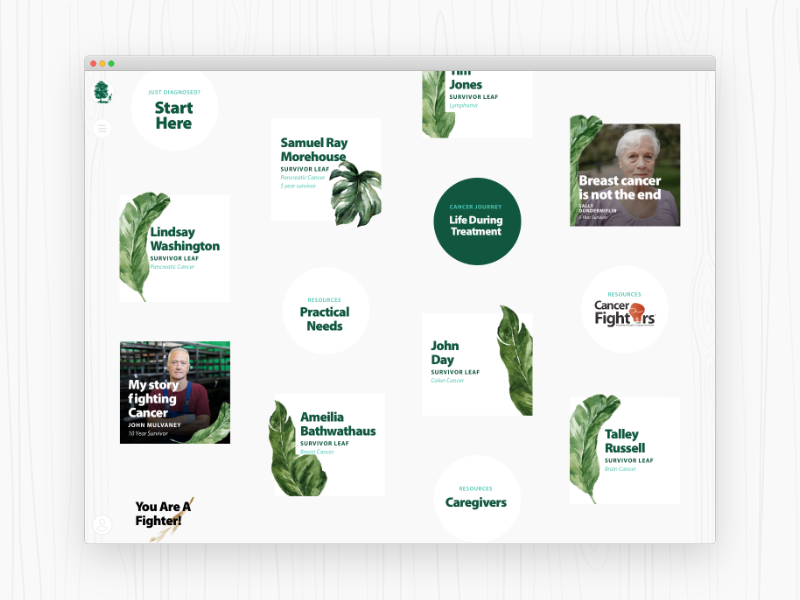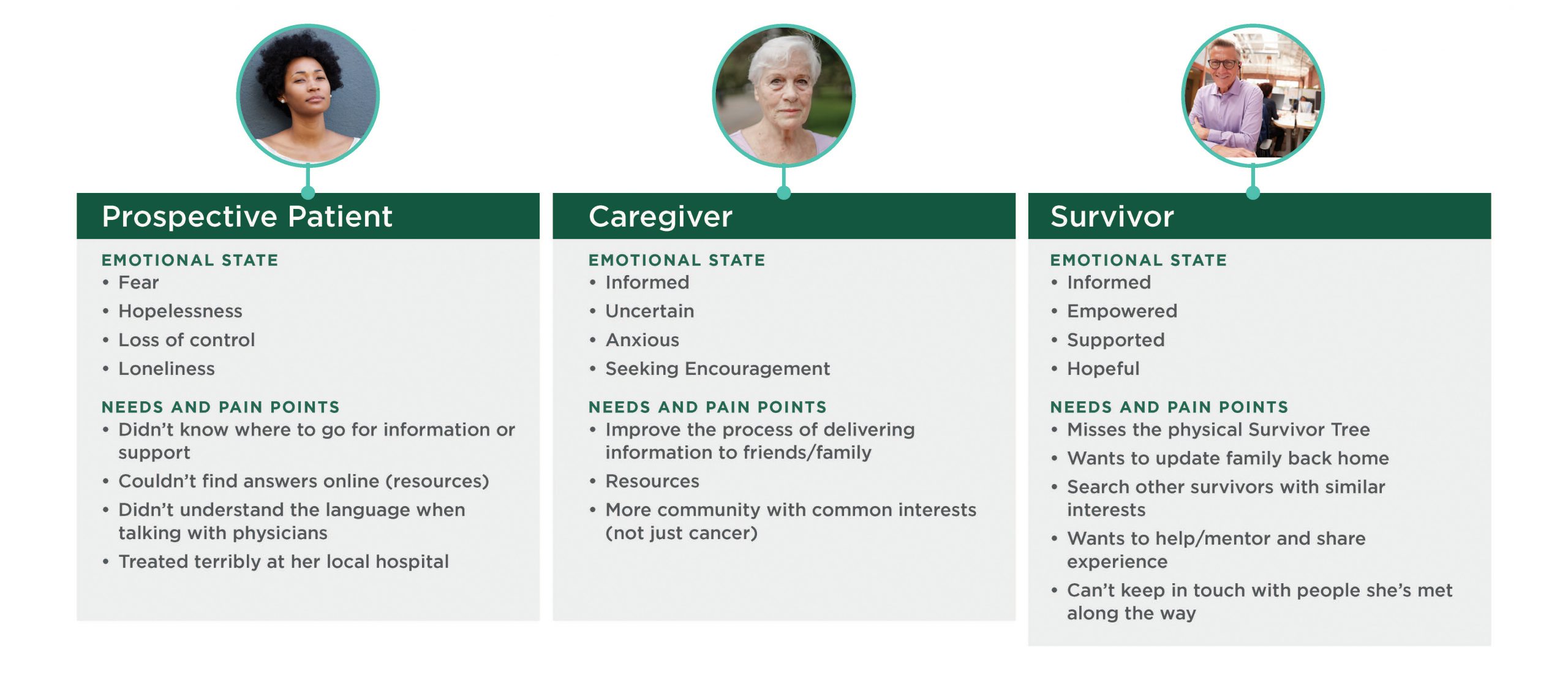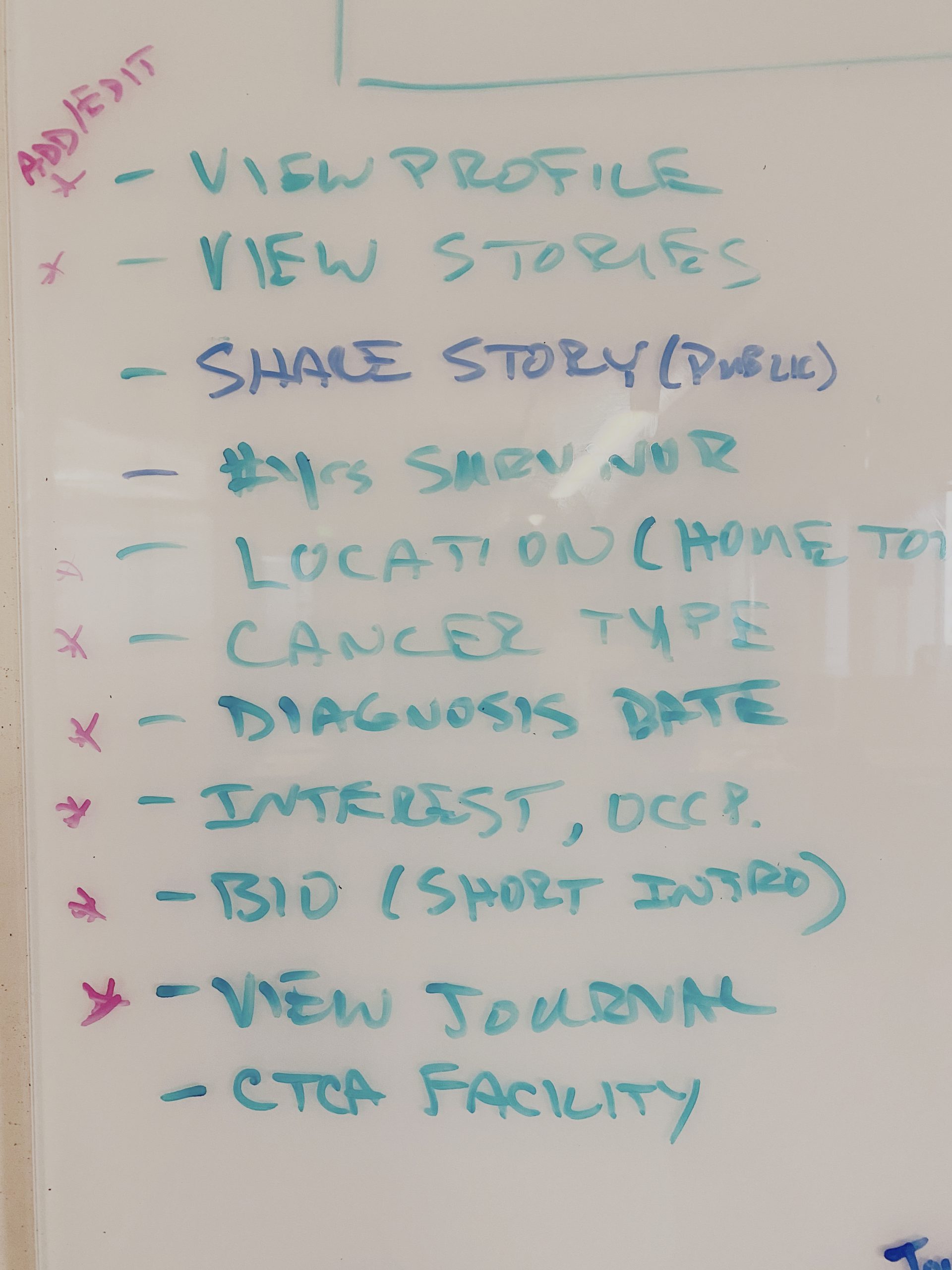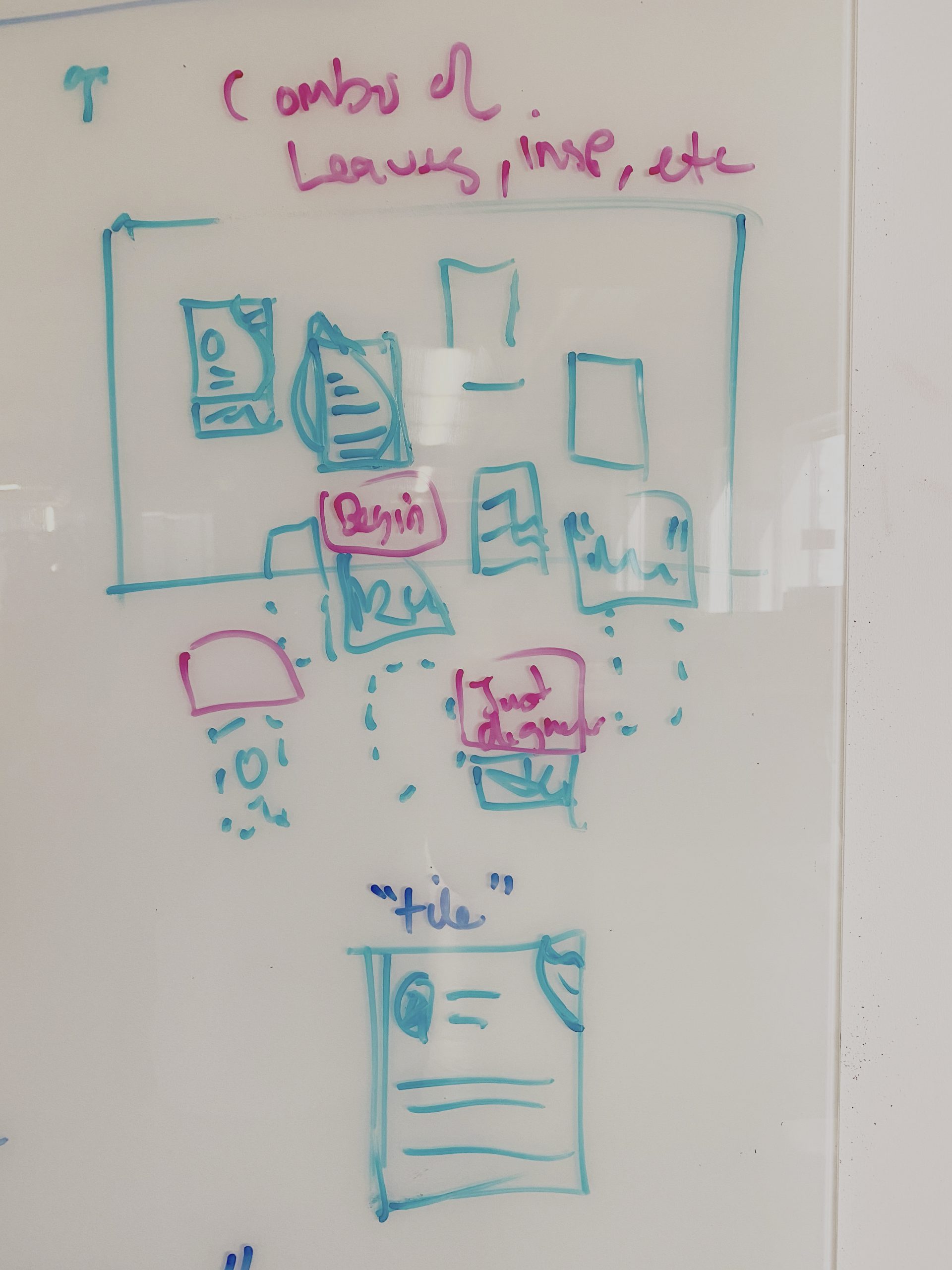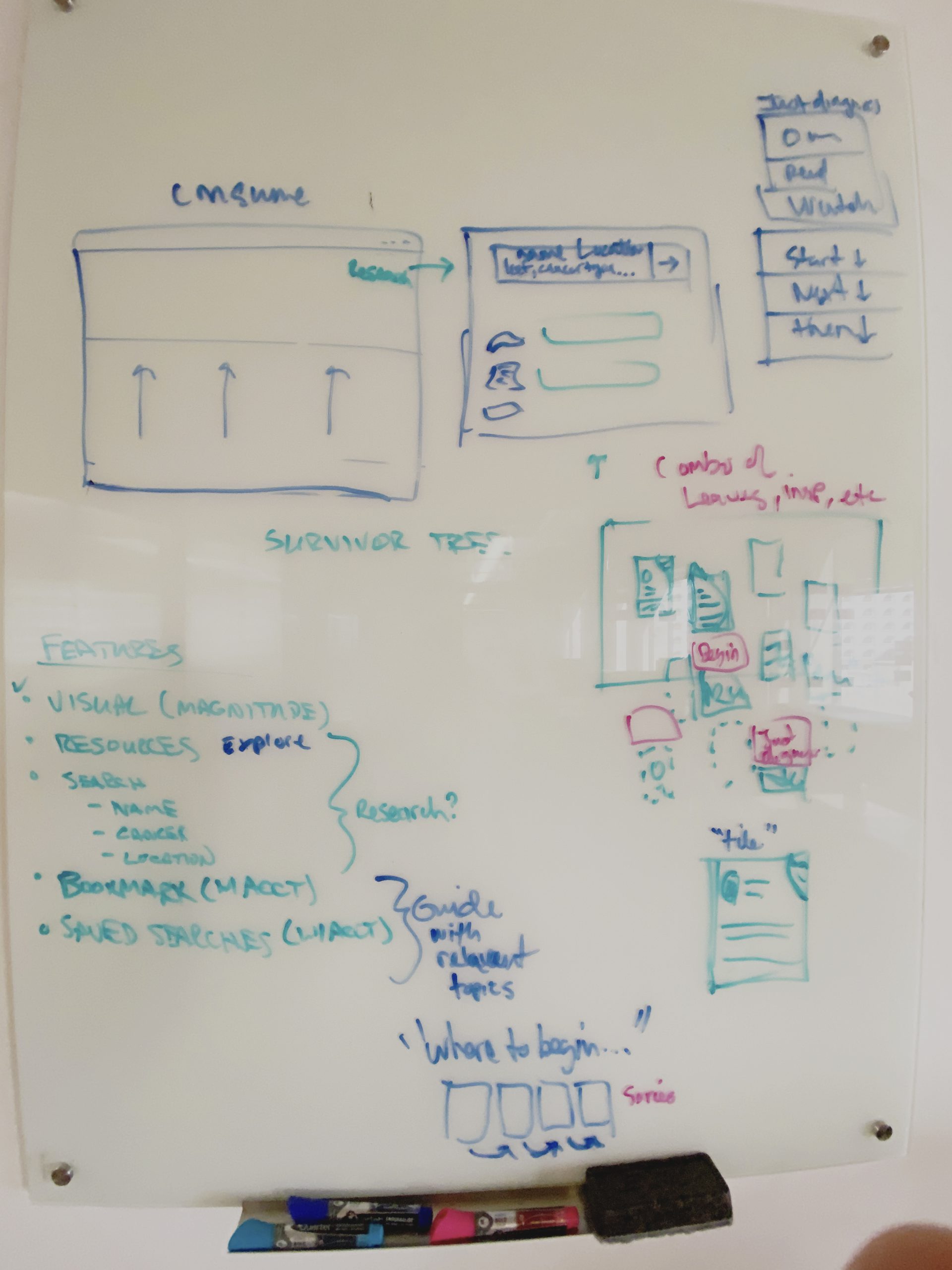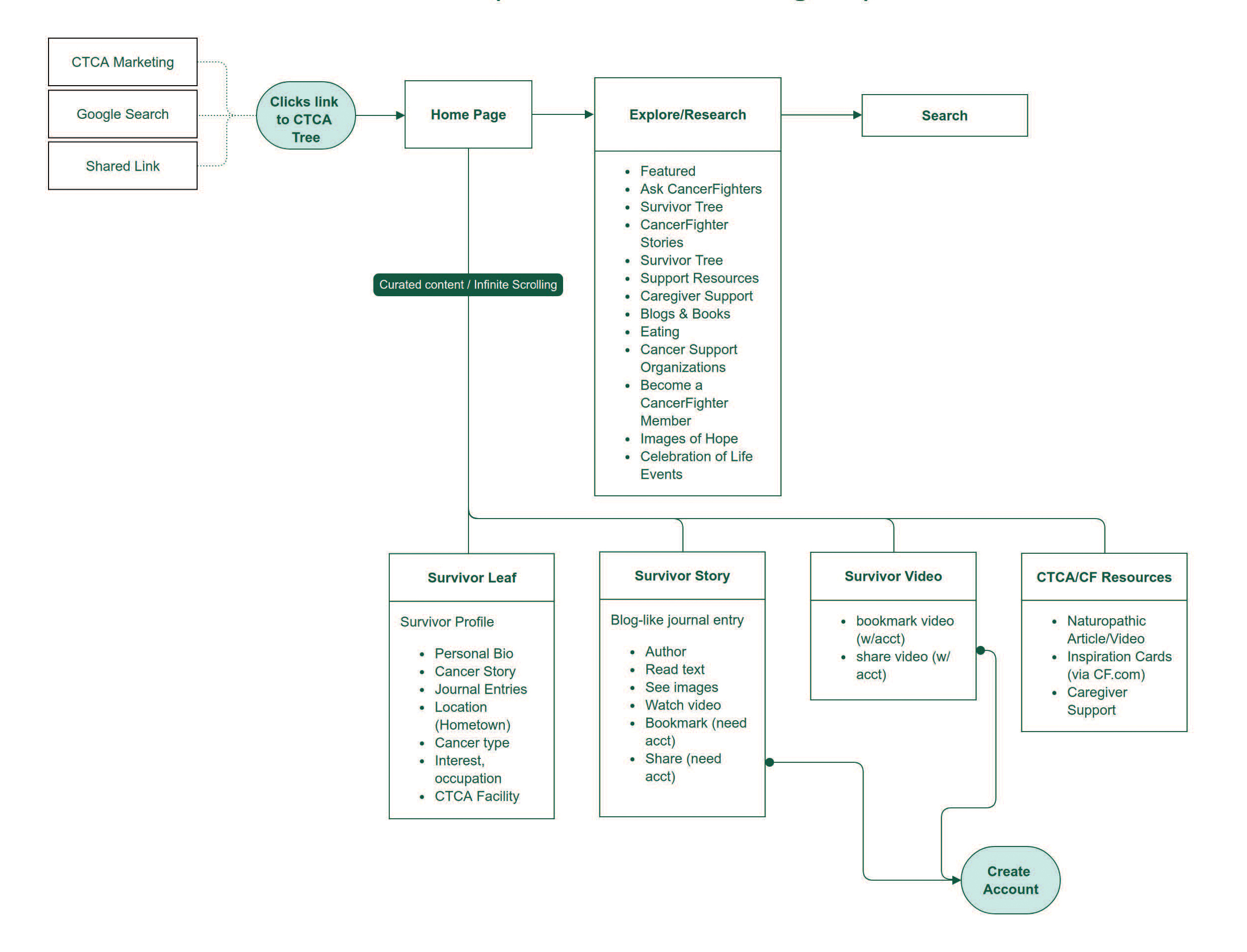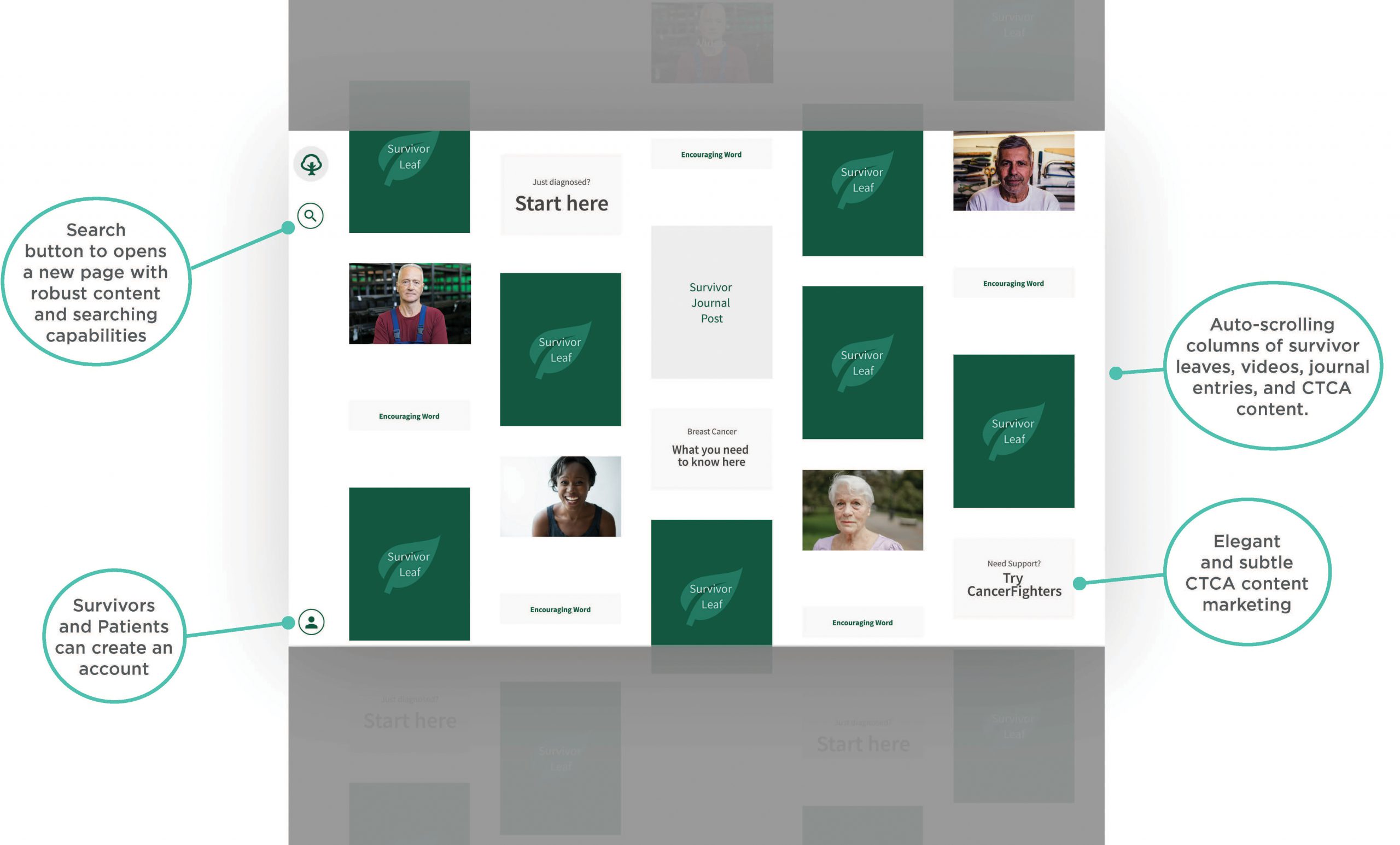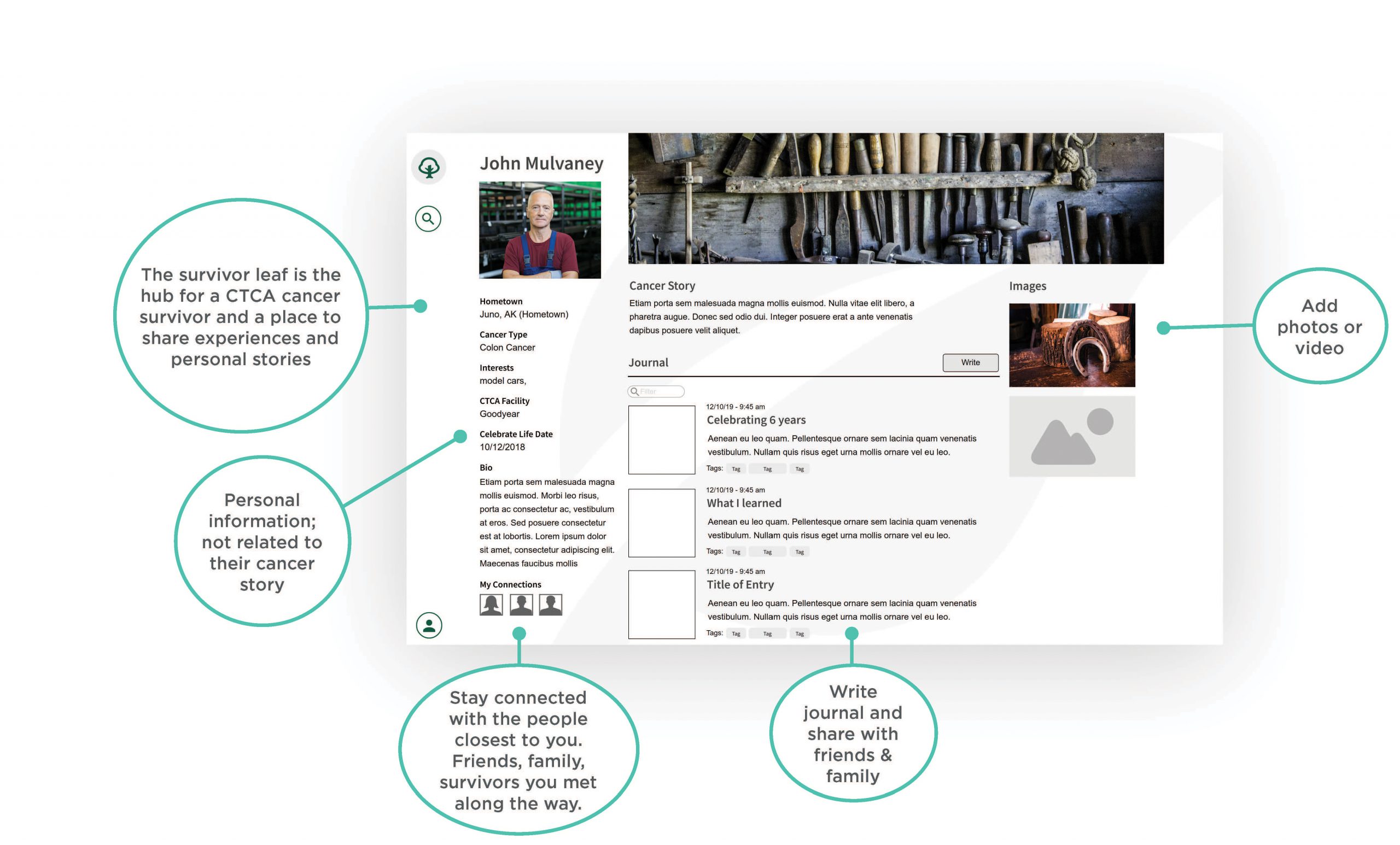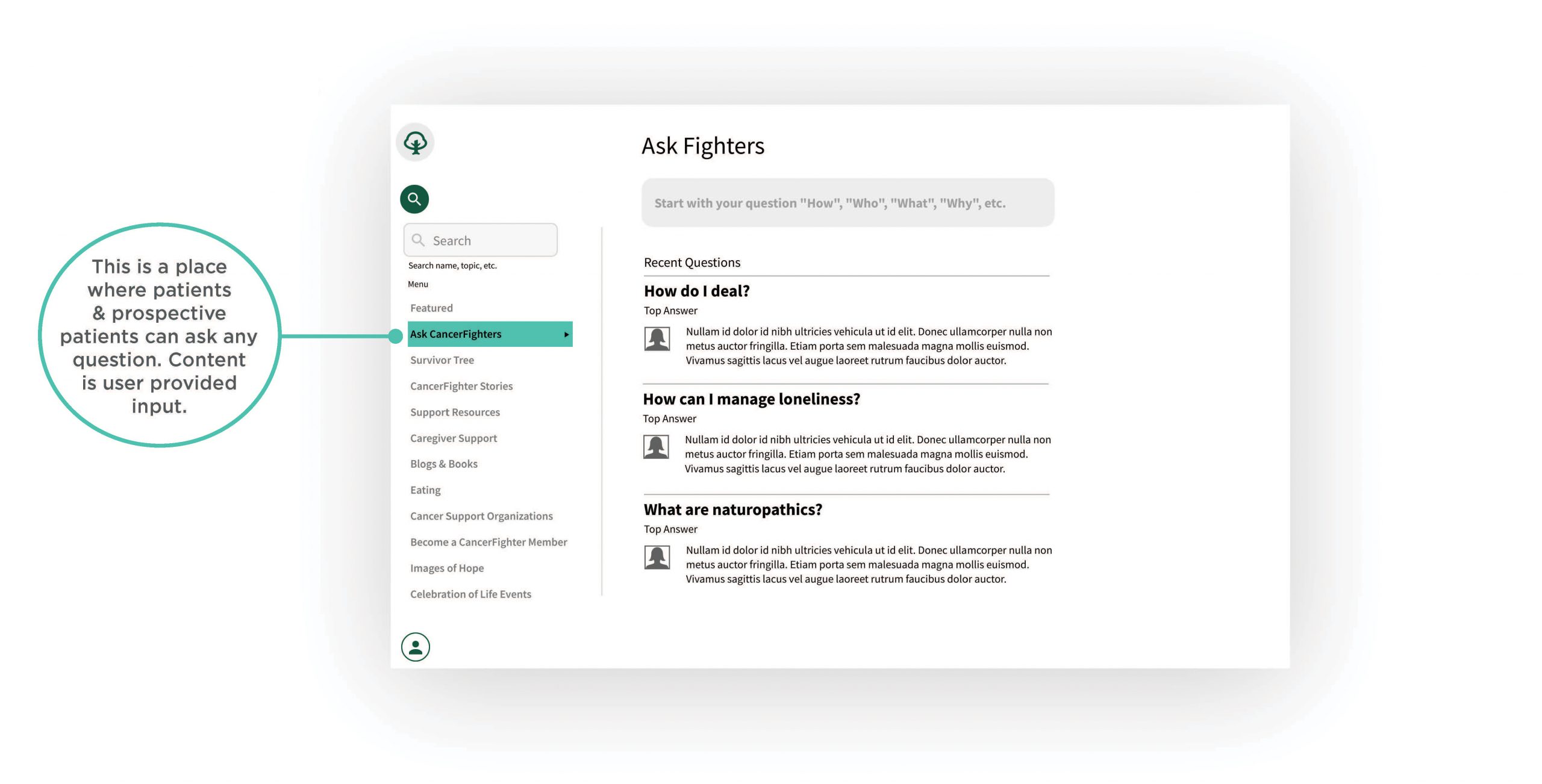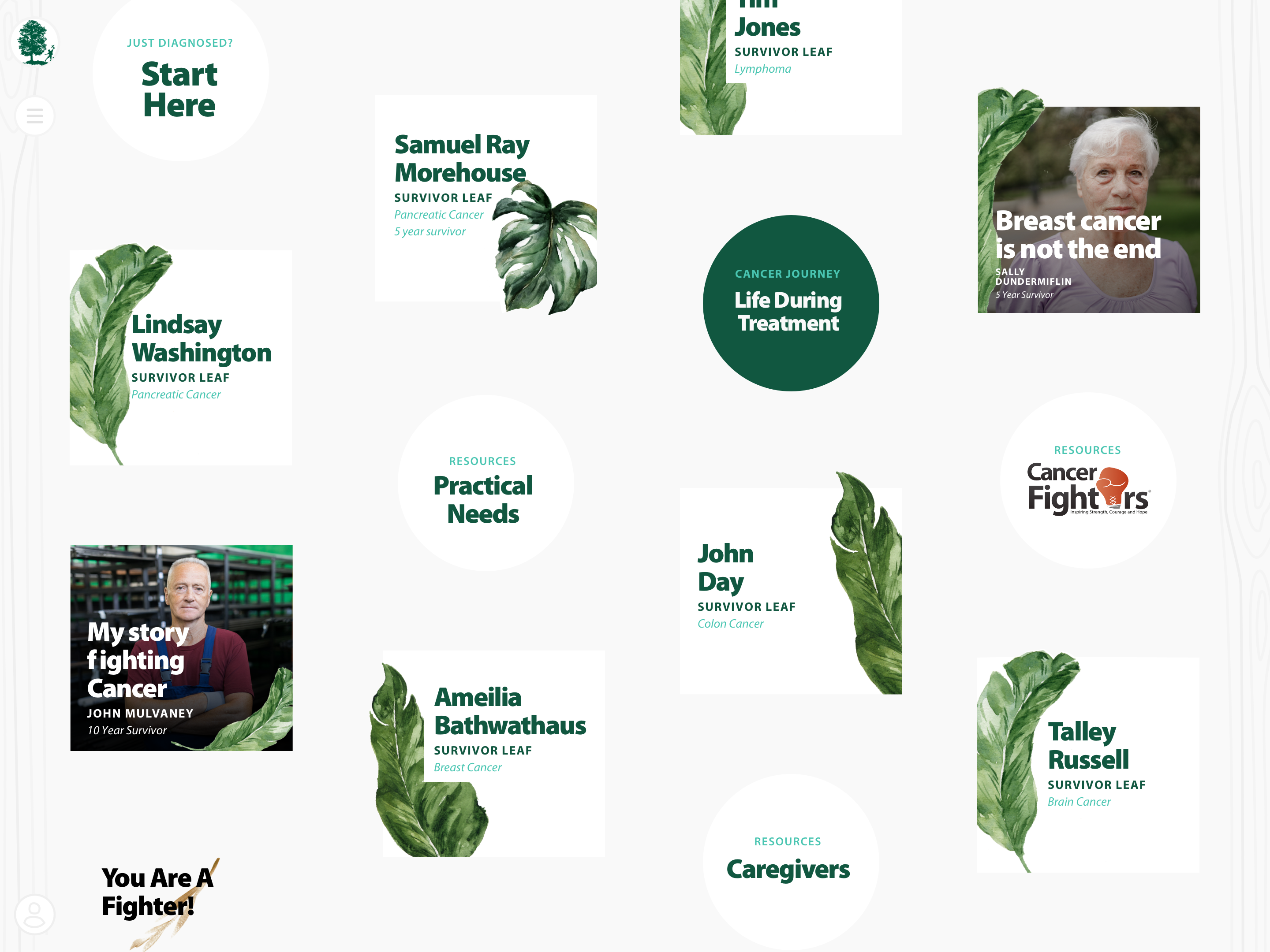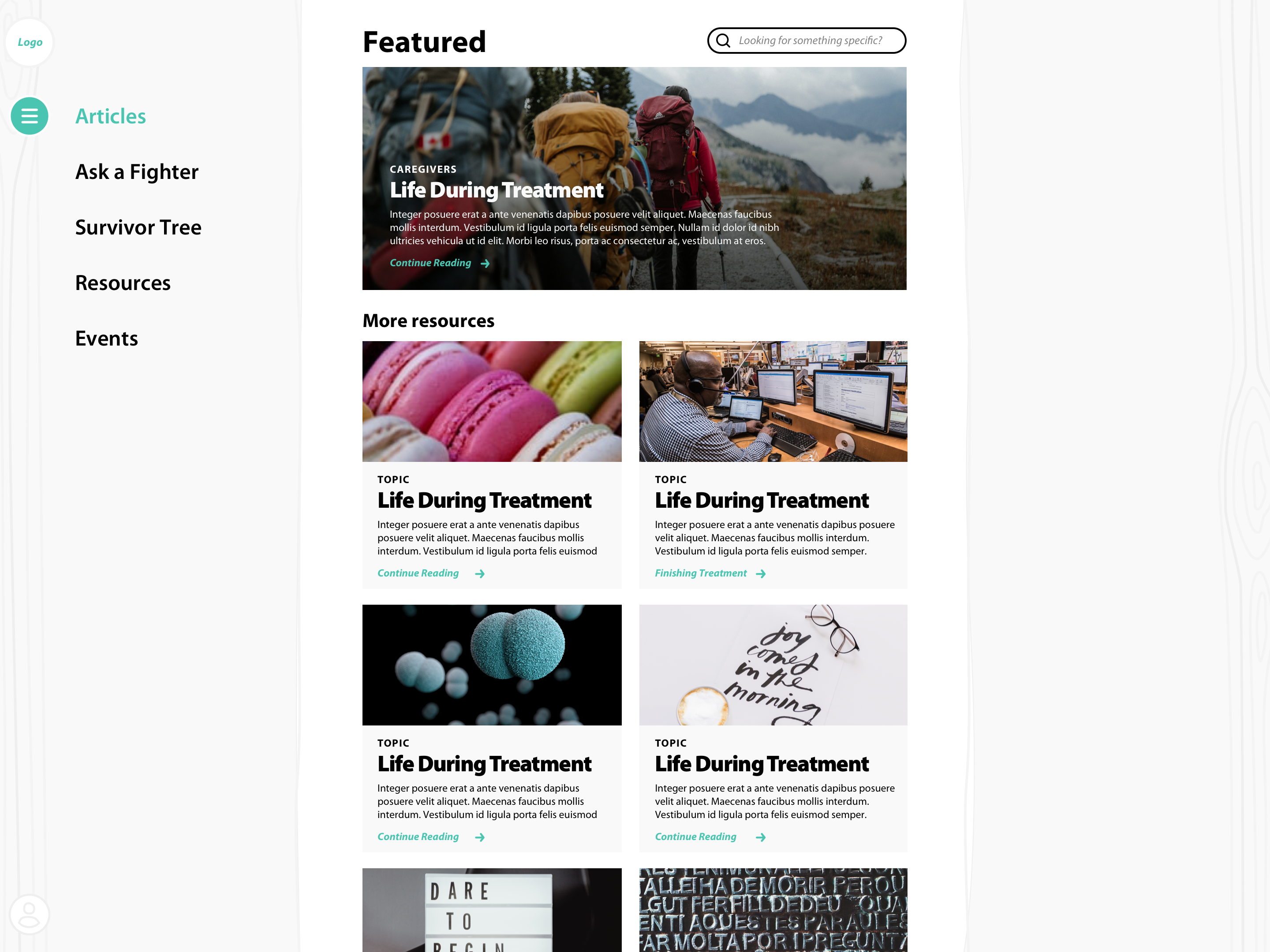Cancer Treatment Center of America
Cancer Survivor Tree
Concept Development / UX / UI
Overview
In the past, The survivor tree was an actual tree that cancer survivors planted on the hospital property. Over time, the hospital ran out of land to plant trees. Cancer Treatment Centers of America (CTCA) then created one big tree that would live in the lobby of each treatment center. The leaves of the tree represented the cancer survivors. Each survivor leaf included the name and date that marked their five-year anniversary of living with or surviving cancer.
In recent years, CTCA decided to remove the huge tree in the lobby of each hospital. They replaced them with a digitized version of the tree that’s accessible to patients and visitors on an iPad located in a hallway of each hospital. They called the digital version of the tree the interactive survivor tree or IST.
The Challenge
The Solution
We set out to develop an IST allowing cancer survivors to access their leaf and connect with other survivors from anywhere.
Deliverables
- User Interviews
- Persona
- Whiteboard Sketches
- Wireframes
- User interface design
